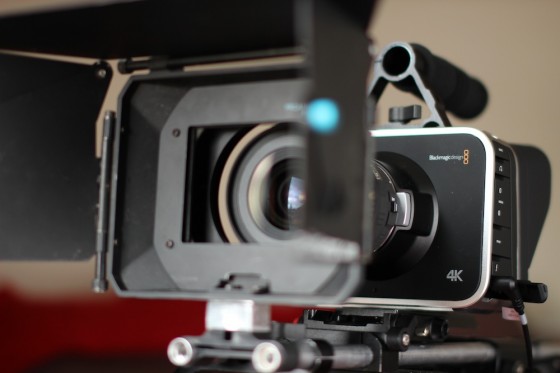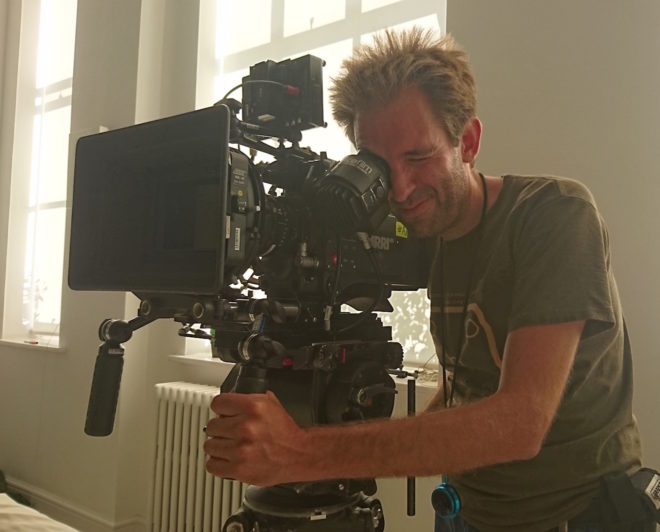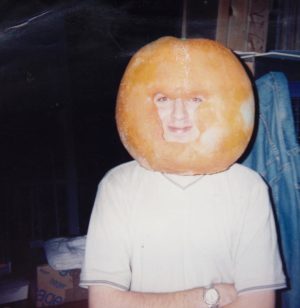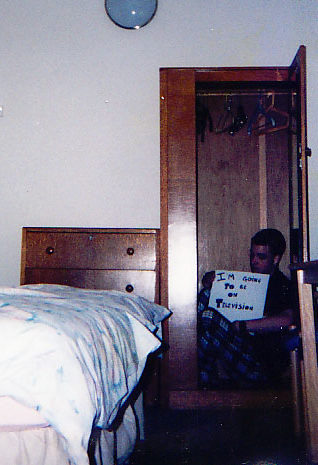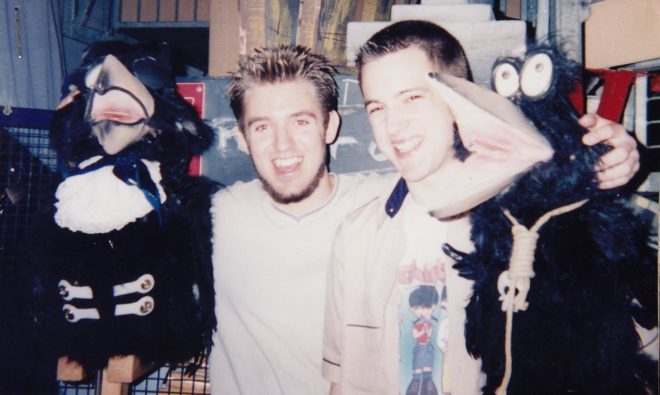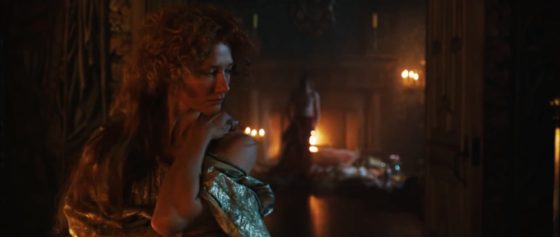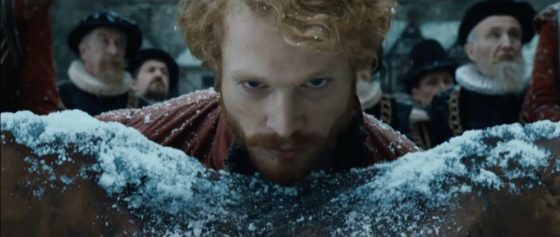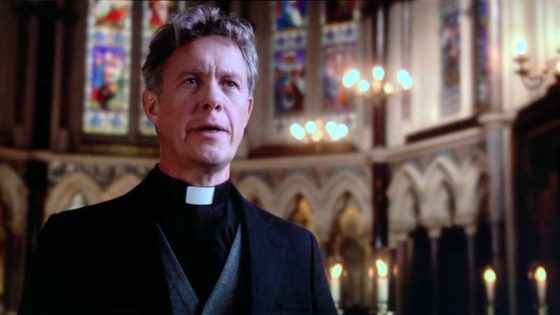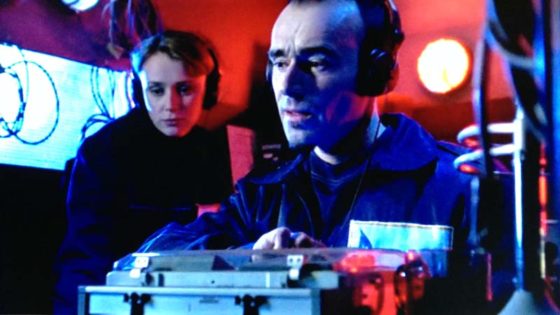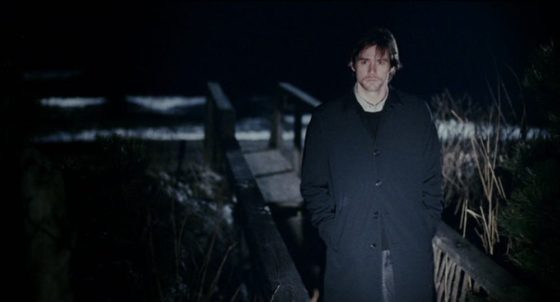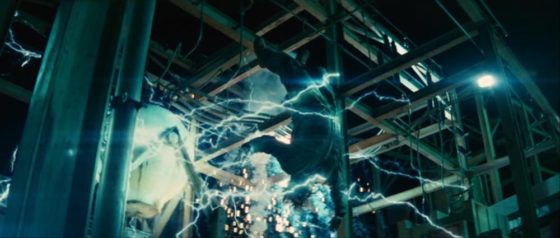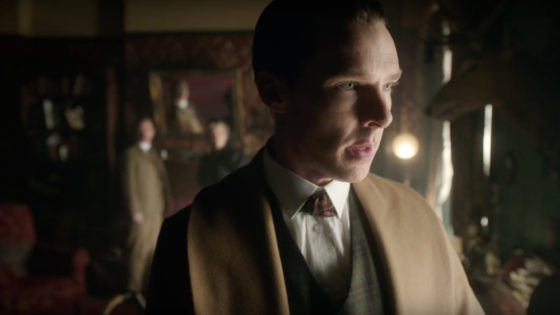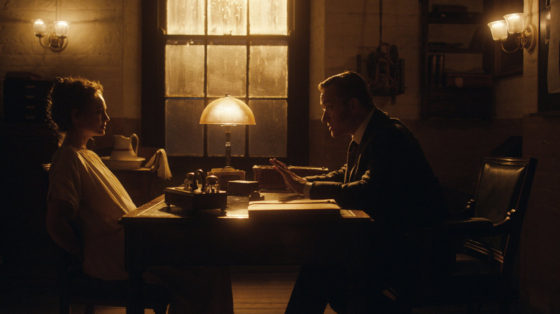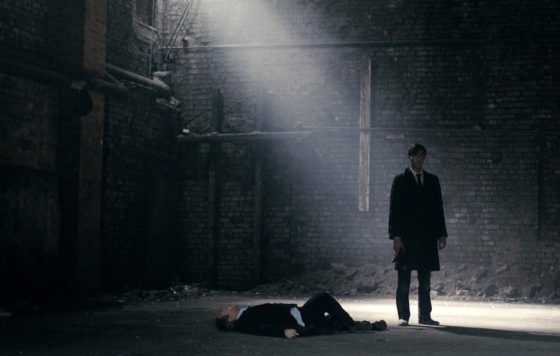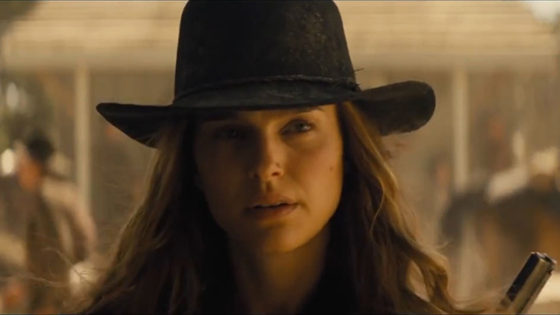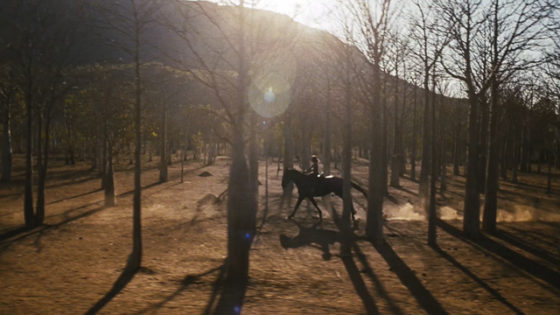
I recently read a document – I think it was published by the BFI – that gave some definitions of the different scales of feature film productions: low-, micro- and no-budget. While admitting that there is no universal agreement on figures for these categories, the document suggested the following:
- No budget: up to £50,000
- Micro budget: up to £250,000
- Low budget: up to £1,000,000
I have shot features in all three of these categories (and at least one above them, presumably ranking as a medium-budget film) so I thought it would be interesting to look at the differences between them as experienced by the director of photography. I’m going to focus mainly on the contrast between no- and low-budget, because micro-budget is often very similar to no-budget in every respect except that the cast and crew are paid.
Prep
The biggest difference is in pre-production. On a low budget the DP tends to get a period of paid prep time equal to the number of shooting days, so if there are five weeks of filming, you get five weeks of prep beforehand. On a no-budget film you are likely to get a single day of location recces and nothing else.
Some of the things you’d do during your low-budget prep period will have to get done in your spare time on no budget: lining up your crew, watching any reference films the director suggests, making an equipment list. You won’t be conducting any camera tests (but you probably won’t get much of a choice about the camera anyway – see below). The chances are that you will not be reading and breaking down the script as carefully. You may cobble a few images together as references, but you will not be creating an extensive mood board. You might read through a shot list which the director sends you, but you won’t be giving a great deal of advance thought to shot ideas of your own. Inevitably a no-budget project will be less of a collaboration between director and DP than a low-budget one.
Your relationship with the gaffer will also be different. On a low budget you can expect to have at least one good recce of every location with them, maybe two, and lengthy meetings where you can really hash out how each scene will be lit. On no-budget films they might never be able to attend a recce, and all you get is a Zoom call where you screen-share your location photos and talk in general terms about the look. Lighting has to be much more improvised on the day.
Crew

This brings us onto crew. Most no-budget producers plan for a single camera assistant and a one-person lighting team, and don’t really think about who is going to back up the footage. On a low budget you can expect to get a 1st AC, 2nd AC, camera trainee, data wrangler, grip, gaffer, best boy or girl, and spark, though you may have to push the line producer for one or two of these. There is usually some allowance for spark dailies too when bigger scenes are shot.
When we wrap for the day on a low-budget film, I have no problem walking straight off set because I know there is a full camera and lighting crew to take care of packing away the gear. I can spend what remains of my energy reviewing the dailies, meeting with the director and planning for upcoming scenes. On a micro-budget film I will help pack up because the small crew needs all the hands it can get, but then I probably won’t get to the other stuff. So I might not spot the things in the rushes that I could improve on, or be as well prepared for the next day as I could have been.
Equipment
Equipment, of course, is hugely budget-dependent. Many no-budget films are unable to hire anything at all, relying on gear owned by the director and/or DP, and other bits begged, borrowed or scrounged. Emphasis is often placed on having a decent camera, with everything else neglected – cheap lenses, no filters, few of the accessories that make the camera dept run smoothly, and very limited lighting.
Getting kit around is often very challenging for no-budget producers. Just hiring a van and finding someone to drive it are big deals when you have no money. Sending someone to a rental house in London to collect the gear – even if renting can be afforded – is a logistical headache which a low-budget production doesn’t think twice about. This is why gear owned by crew members is so attractive to no-budget producers, because they don’t have to worry about how it gets to set, or the insurance.
On a low-budget production you will draw up your camera list maybe a couple of weeks into prep, with the assistance of the 1st AC, and the gaffer will handle the lighting list. Usually the first drafts of these lists will prove too expensive when the line producer has got the quotes back from the rental house, and you’ll have to cut a few things, but you’ll get most of what you wanted.






